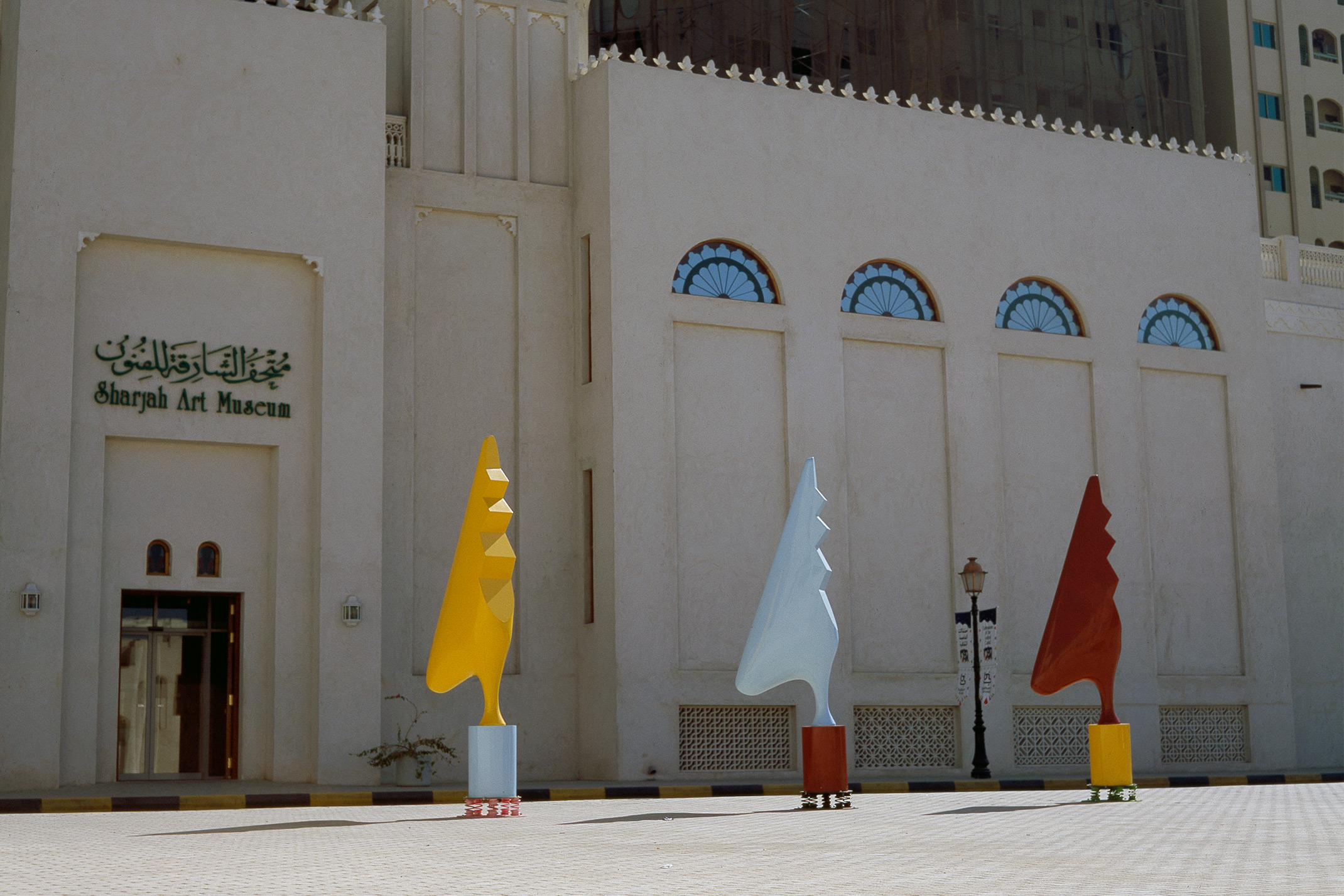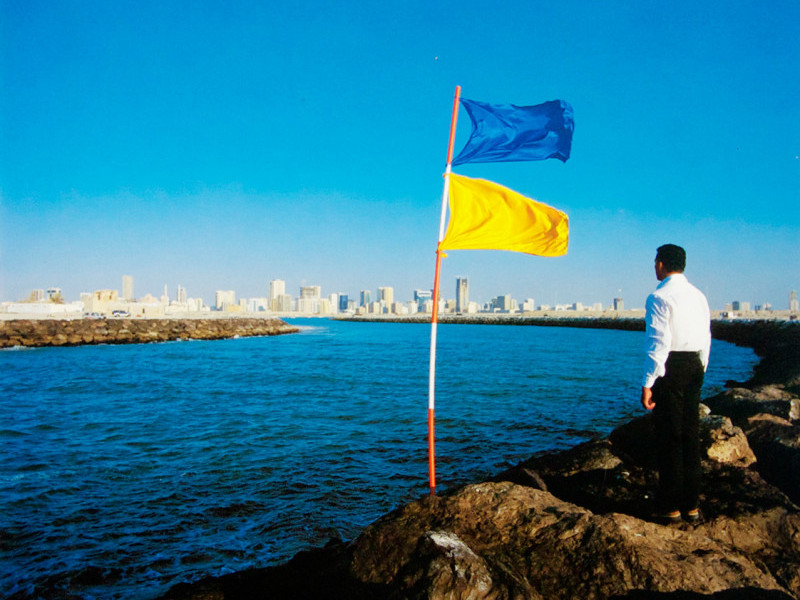
Le Coq, 1998
Peter Filingham
Le Coq, 1998
Painted fiberglass and steel
Installation view
search


Peter Filingham
Le Coq, 1998
Painted fiberglass and steel
Installation view
Brancusi was a Theosophist, like Kandinsky and Mondrian - and it may say something about the state of religion in the West at that time than no less than three of its greatest artists should have adhered to a sect of the "psyche". Brancusi's famous utterances on sculpture centred on the familiar Judeo-Christian division of subjective essence versus objective attributes, quotes Robert Hughes in "the Shock of the New": "What is real is not the external form, but the essence of thing it is impossible for anyone to express anything essentially real by imitating its external surface."
In contradiction to the utterance, Peter Fillingham (in collaboration with Anthony Heywood) has "imitated" Brancusi's famous "Le Grand Coq" as a public work, something Brancusi had practiced himself, to great effect, disprovill!i the 'division' of material and essence.
But not in plaster, stone or wood but in multi-coloured enamelled fibre-glass, these "objects" are drilled into the stone of a city square in Sharjah. The translation of the Theosophist's essence to that of industrial material says a lot more about modernism from this perspective in time, and of the simulation of avant-gardism, and the "shock" of the "new", than of Brancusi. Here in Sharjah the migration of the idea of modernist angst ends. This ending to the past anchors the work in the real, as Hughes suggests of Brancusi's concerns, above Kandinsky's, say, as a piece of matter, in the world. But the disquiet of the work, its interruption and re-contextualisation in Sharjah, breaks the slumber of the early modernist's sense of autonomy in the psyche of Europa, as it returns to an ordinary day in the postmodern schizoid 21st Century. These Brancusi's are to be used as kinetic playthings to the cost of sculpture's remit of essence, contemplative harmony, narrative, origin and a unified past. In contra-distinction to Hughes' view of Brancusi's "ultimate naturalness", disintegrating the modernist enterprise of the "concrete", safe within the essence of theosophical "spirit". Fillingham's works are sensually more careful of the '\essertlJitll" lirui$eruienne of the ordinary world. They reside awkwardly, as a disagreement, in the artificial gap between nature and culture.
Jane Lee writes: "Here we find stratagems which are closely bound to the transfiguration of the abyss in which the form and the purpose of things are their own, remaining inscribed as a virtue of the thing itself not transformed into a truth".
Lee writes that the object, like "Fillingham's 'Brancusi's Le Grand Coq' is to be savoured in the thing itself, in all its individuation, its refusal of continuity with the psyche."
PL

Sharjah Biennial 6